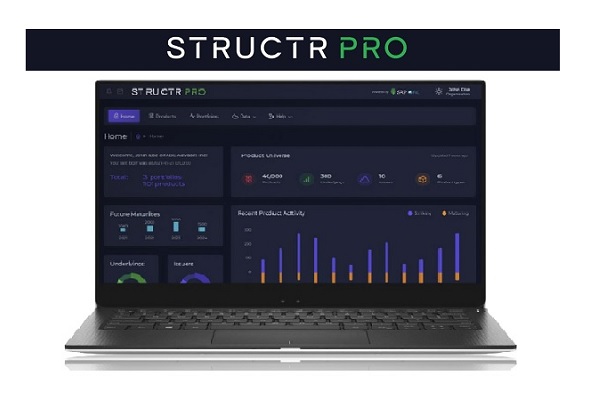Structured products generally have a fixed maturity and the choice of the length of the investment when selecting a structured product is very important. There are different factors to be considered and these divide between product features and investor preferences.
When considering product features it is natural to start with the optics of product headline terms and how the choice of maturity affects them. In most markets a five-year maturity tends to be approximately the median although maturities range anywhere from three months up to ten years and beyond. One key factor affecting product terms is whether the product is capital protected or at risk. Capital protected products ideally need a longer horizon so that the cost of protection can be spread over a greater period. Capital at risk products face the opposite problem because they are generally yield enhancing. They work by selling options and using the premium to buy an extra income stream. This will only work for a relatively short maturity since the premium is fixed and needs to fund that income stream over the full lifetime.
Long or short maturity?
High interest rate levels generally help both these types of structured products. They certainly boost capital protected products because the interest income that is given up in favour of an equity option is higher for a given maturity. For capital at risk income products the position is not quite so clear since the option premium generated will boost the income stream still further but if rates were high enough investors might be happy with deposits and therefore not take any risk. The recent rise in interest rates from the very low levels over the last ten years has been very welcome for structured product manufacturers, particularly those looking to structure capital protected products.
Most investors have preferences can be defined by a target investment horizon and risk appetite. This horizon might be very long (for example 25 years) to accumulate assets prior to retirement or more medium term (say seven years) for a particular goal such as school fees. The choice of the length of a suitable structured product for an investor is partly dictated by their overall horizon. While it would not generally be sensible to carry investments with maturities longer than the final investment point there are several different considerations governing how to choose investment maturities shorter than your full investment period. We shall consider fee load, locking in terms and tactical allocation.
Value and liquidity considerations
For retail structured products longer dated investments usually represent better value. This is because there are fixed costs associated with issuance, including structuring, compliance and distribution fees. Most of these costs are fixed and will only increase slightly for a longer dated product. Therefore, the fee load per annum is lower for longer dated products making them a more cost-effective solution.
This leads on to the second consideration of locking in terms and the associated liquidity. Structured products usually have fixed terms such as yield, upside and protection levels. This is the concept of defined returns and it illustrates why hedging is so important since the only way to create a hedging strategy to provide these returns is to take positions in bonds and options to lock in the cost. This implicitly means that the investor has committed to an investment at prevailing levels of interest rate, credit spreads, dividend yields and volatility. The longer the product maturity the more important this decision is particularly with regards to interest rates in a potentially rising rate environment.
Liquidity of the instruments required for hedging is also important and options and equity forwards tend to be less liquid for longer maturities. Most underlyings will only have good liquidity out to a maximum of two years, although mainstream indices and large cap stocks have active broker markets out to five or more years. Therefore, for longer dated products not only is there the question of whether you are committing to a hedging parameter that is likely to go against you but also that the cost of that hedging is more expensive because the investment bank will incur more cost or need to reserve against greater risk.
Market timing
Investors often try to time the market for their investments. This is notoriously difficult to do and over a long-term investment horizon it is less important. Asset allocation and low fee levels are the key drivers. Retail structured products are not always best placed for tactical market timing because of the lead time required for issuance of a public offer, such activity is usually limited to private or bespoke deals.
Because of the sensitivity structured products have to many factors sometimes a particular market environment will push distributors to try to capture favourable terms. The most important of these are low strike levels after a fall in the underlying or taking advantage of a volatility spike to generate yield for capital at risk products. Products that have been put together in a tactical situation tend to have relatively short maturities so that the investment view or market conditions can be realised when the product expires.
In conclusion we see that the length of time horizon is very important in selecting structured products but that there is no simple answer for any situation or investor group. The distributor or adviser should assess all these factors and more to select the best investment or strategy for their investors.
Tags: InvestmentA version of this article has also appeared on www.structuredretailproducts.com
Image courtesy of: Aron Visuals / unsplash.com















